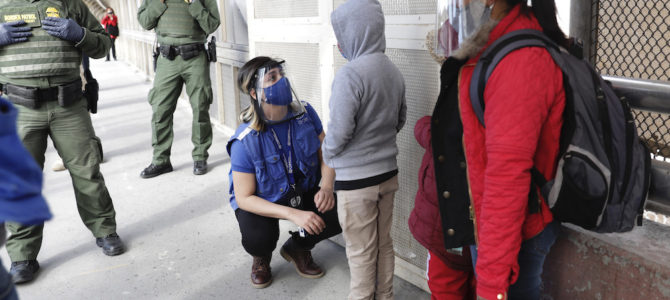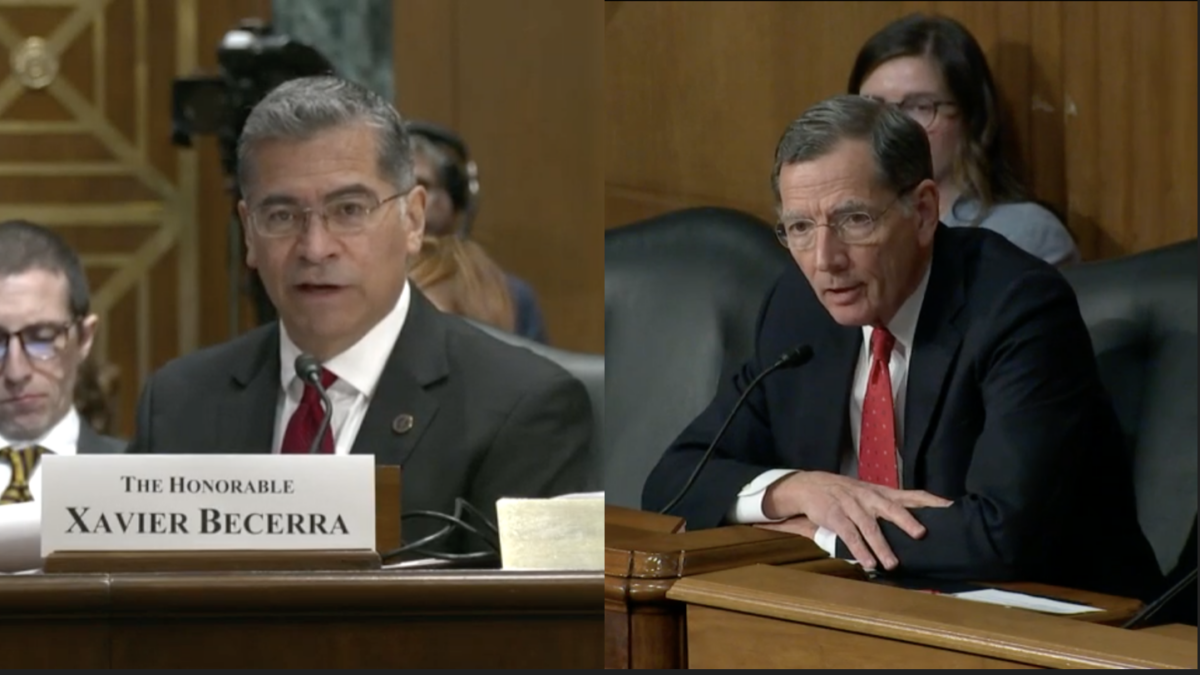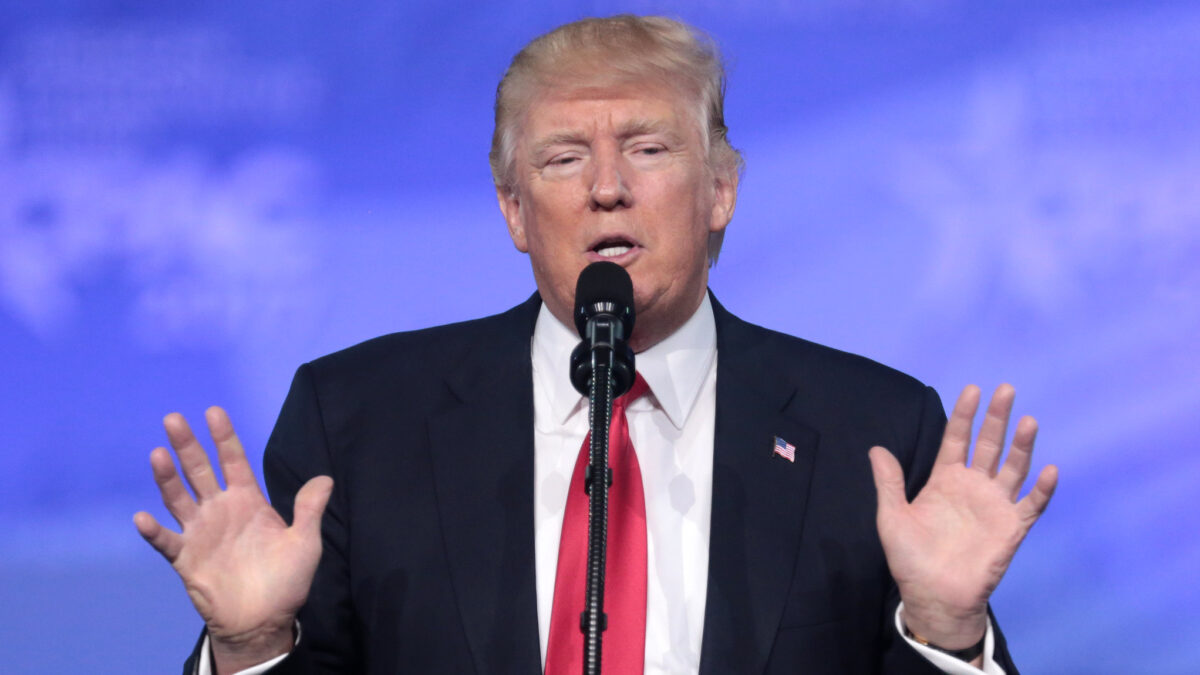
Mexican drug cartels and cartel-associated smuggling networks are now bringing so many illegal immigrants into the United States that they’re putting out ads on TikTok, targeting American teenagers in South Texas with offers of thousands in cash to ferry migrants past U.S. checkpoints just north of the border.
This week Fox News reported on the scheme, including screenshots of TikTok ads offering as much as $3,500 cash for a single trip. One ad reads, “Got another 6 left, already crossed. Lemme know ASAP for that easy cash,” according to Fox News, which also reported that teenagers are in some cases borrowing their parents’ SUVs to smuggle migrants, often without the parents knowing.
The migrants in question are almost certainly single adults trying to evade Border Patrol and slip into the United States undetected. Unlike unaccompanied minors and families, who typically turn themselves in to U.S. authorities after crossing the Rio Grande in hopes of a quick release, adult migrants are likely to be immediately expelled and thus often try to avoid detection.
For all the media coverage that migrant minors and families have gotten in recent months, single adults have made up a far greater share of illegal immigrants coming across the southwest border this fiscal year. Since October 2020, Border Patrol has encountered more than 400,000 single adults crossing the border illegally, compared to approximately 140,000 minors and families.
For these adult migrants, getting across the U.S.-Mexico border is only the first step. They then have to get past Border Patrol checkpoints situated along most major highways heading north from the border region. The only way to get past these checkpoints is to drive through them or sneak through often remote ranchland—a journey that in hotter months can be deadly, and regularly results in lost migrants dying from dehydration and exposure.
That’s where the TikTok ads come in: cartel-associated smugglers need U.S. drivers to get through these checkpoints easily, and cash payments are an easy way to persuade teens and young people to take the gigs.
While $3,500 might seem like a lot to pay to get a single carload of migrants past a checkpoint, keep in mind the amount of revenue involved for these smuggling networks. Each migrant is paying anywhere between $2,500 and $20,000, depending on his nationality. Single adults who want to evade apprehension by U.S. authorities tend to pay more, which means a carload of six or eight migrants could easily represent upwards of $100,000 in payments to smugglers and the cartels they work with.
Cartels Are Using the Border Crisis to Fund Turf Wars
The sophistication of these smuggling operations is staggering. In recent months, cartels in northern Mexico have implemented a wristband “inventory” system for migrants, to keep track of who has paid and how much, as well as contact information for the migrants and their families back home (to ensure full payment). Discarded wristbands belonging to different smuggling and cartel groups now litter the north banks of the Rio Grande, where last month U.S. authorities apprehended more than 172,000 illegal immigrants, the highest one-month total in two decades.
This surge of illegal immigration is financial windfall for the cartels that control much of northern Mexico. The cartels determine who crosses, where, and when. They are making billions off it.
Far from dampening their business activities and reducing revenues, the pandemic has afforded the cartels new opportunities to expand their power and reach. A report issued earlier this month by the Congressional Research Service notes the pandemic “does not appear to have diminished the extensive criminal and political power of Mexico’s criminal organizations,” and that, “the cartels seem to have exploited the pandemic for profit and territorial gain.”
Those gains have come with extreme violence. According to a new report issued by Mexico City-based Citizens Council for Public Safety and Judicial Justice, which tracks homicide rates worldwide, eight of the top 10 most murderous cities in the world are in Mexico. Number two and three are the border cities of Tijuana and Juarez.
The group called Mexico the “world’s epicenter for homicidal violence,” according to a write-up of the findings by Border Report, which noted that the number one city on the list, Celaya, a city in central Mexico, is where the Jalisco New Generation Cartel (CJNG) “made it a point to wipe out a local gang named Santa Rosa de Lima in an effort control drug trafficking and large-scale gasoline theft.”
It’s worth nothing that major Central American cities such as Guatemala City and San Salvador have seen a decline in homicide rates and are no longer among the 50 most murderous cities in the world. San Pedro Sula, Honduras, which was the homicide capital of the world from 2011 to 2014, now ranks 34th.
This is important in the context of the border crisis because Democrats and corporate media constantly cite violence in Central America as a major factor pushing migrants out of their home communities and into the United States. While Central America remains violent relative to most other parts of the world, homicide rates in these countries have been decreasing for years now.
But don’t expect to hear about such nuances from the Biden administration, which walked back President Biden’s off-the-cuff admission earlier this week that the border was in crisis. What the president meant, explained White House Press Secretary Jen Psaki on Monday, is that Central America is in crisis.
Central America is certainly in crisis, but so is the border, and so is Mexico. So far, the Biden administration has been unwilling to face those facts. Until they do, cartels and smugglers will continue to reap the rewards of U.S. inaction — along with, it seems, teenagers in South Texas who answer the cartels’ TikTok ads.









